If you’ve been following the home market, you may have noticed that things aren’t exactly thriving. And according to Bank of America, we shouldn’t expect any significant changes anytime soon. Based on their predictions, the housing market is unlikely to recover for several years, and affordability won’t improve unless a recession hits, probably until at least 2026.
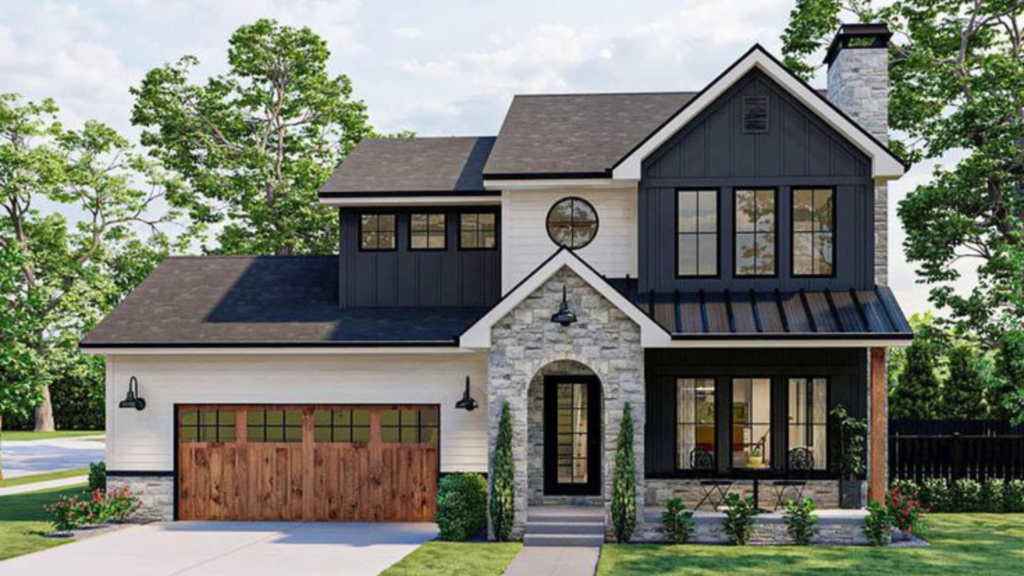
The bank has a generally negative view of the industry, citing a number of factors contributing to both a significant increase in sales and a price decline that would draw younger buyers back into the market.
Bank of America’s Pessimistic Housing Outlook
Pandemic-related factors caused a surge of purchasers to enter the market in 2020 and 2021, resulting in a sharp increase in sales and a rise in inflation that sent interest rates rising to their highest point since the turn of the 21st century.
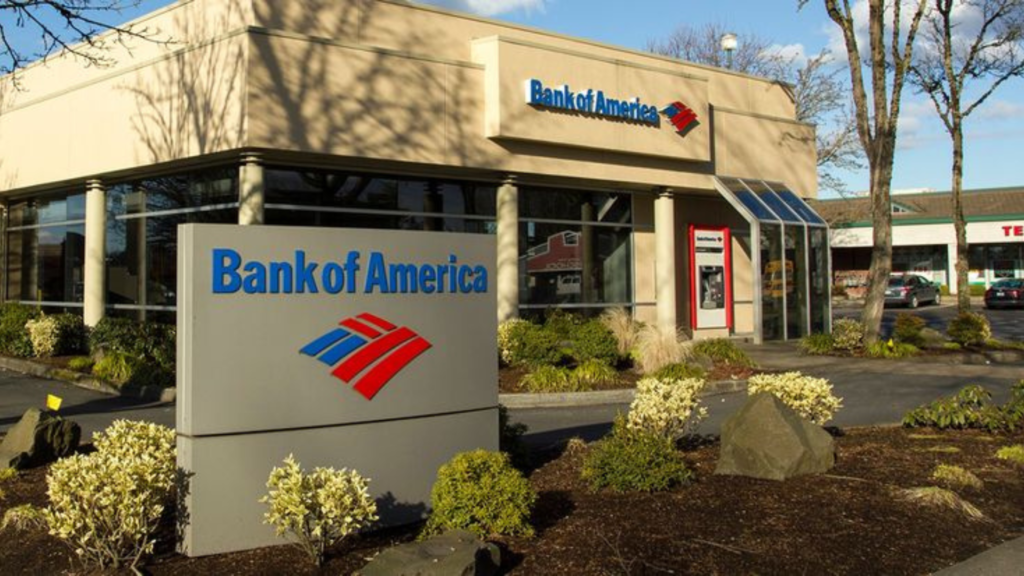
Apart from a brief spike in sales earlier this year due to misplaced expectations that the Federal Reserve would drastically lower interest rates, sales have mostly been declining. Bank of America economist Michael Gapen stated, “The US housing market is stuck, and we are not convinced it will become unstuck anytime soon.”
The Current State of the Housing Market
The housing market hasn’t been predictable in the last few years. Bidding wars, exorbitant prices, and a flurry of activity have left many potential buyers feeling exhausted and priced out. However, the market has begun to cool recently. Not only are prices rising more slowly, but they are even starting to fall in many places.
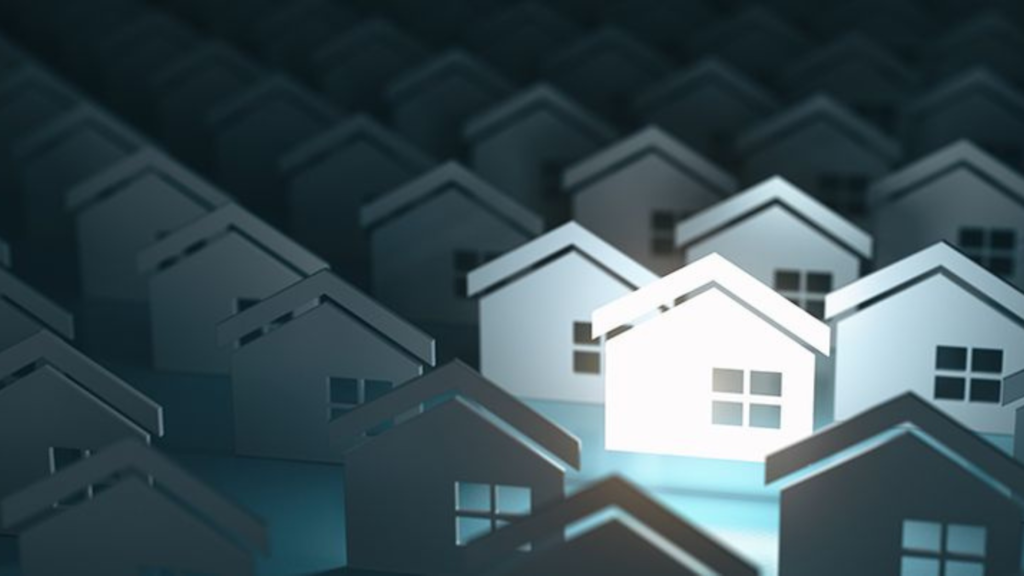
According to the most recent data from Bank of America, this cooling trend is here to stay. They believe the market will continue to be weak for the upcoming few years, not just for a little dip.
ALSO READ: Navigating the High Cost and Mortgage Rates Faced by Prospective and Current Homeowners
Existing Home Sales Decline While Prices Remain High
According to the Association of Realtors, existing home sales fell from a seasonally adjusted annual rate of 6.6 million in early 2021 to 4.11 million in May 2024. However, despite the decline in sales, prices are still high; the median price of an existing home was $419,300 in May 2024, compared to $283,600 in May 2020.
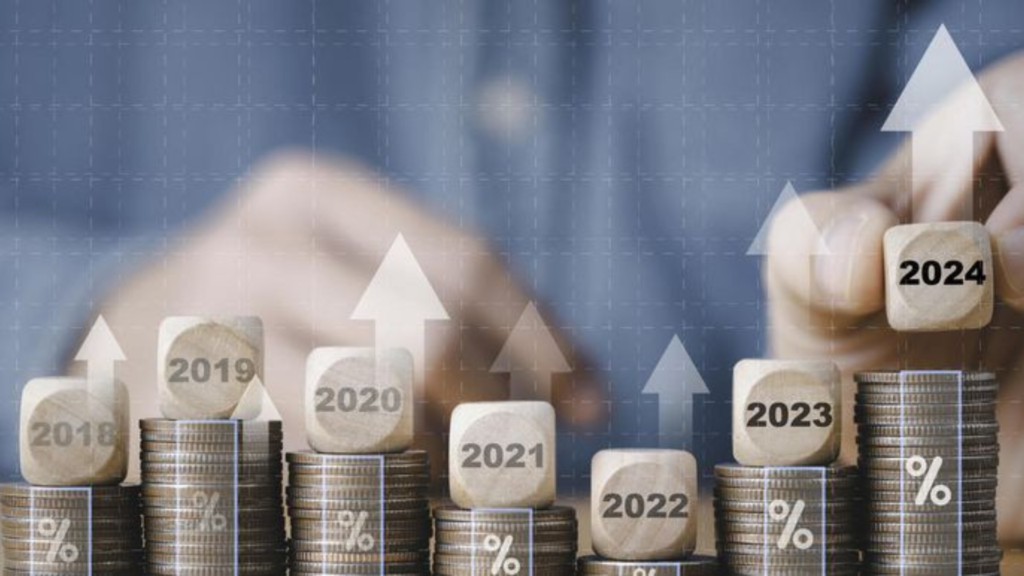
The Bank of America projects price increases of 4.5% in 2024 and 5% in 2025, but pandemic forces could result in a further 5% jump in 2026. The home affordability index of the NAR currently stands at a low point since November 2023, having risen earlier in the year.
Factors Contributing to the Stagnation:
High Interest Rates
High interest rates are one of the leading causes of stagnation in the housing market. To fight inflation, the Federal Reserve has been hiking interest rates, which has increased the cost of borrowing money.
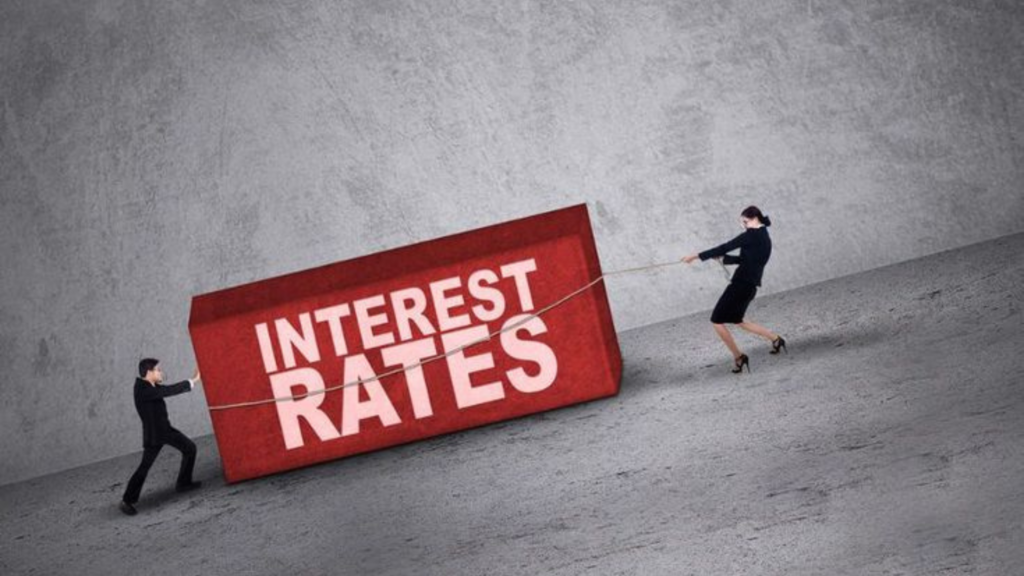
This results in increased mortgage rates for homebuyers. Many find homes less affordable when monthly mortgage payments increase with rising mortgage rates.
Affordability Crisis
Before interest rates began to rise, many potential buyers were already struggling with affordability. During the pandemic, low interest rates, high demand, and limited supply all contributed to rising home prices.
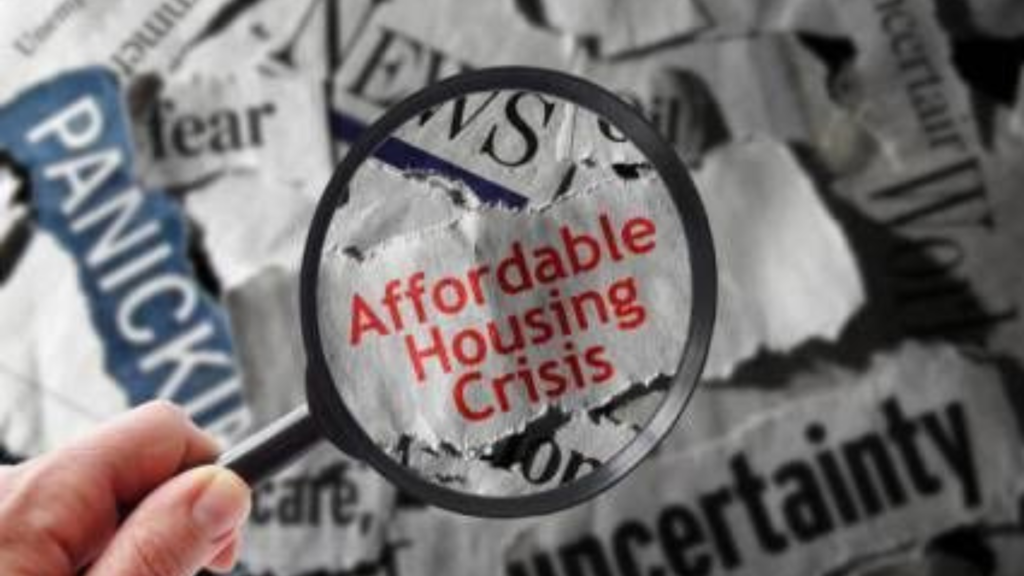
Even though prices have begun to stabilize, they are still historically high. It’s becoming increasingly difficult for many people, especially first-time buyers, to qualify for a mortgage and save for a down payment. Gapen stated, “The affordability situation won’t change without a recession.”
Inventory Shortages
A significant concern is the scarcity of available housing. Inventory shortages have plagued the housing market for years, and they are not likely to get better anytime soon.
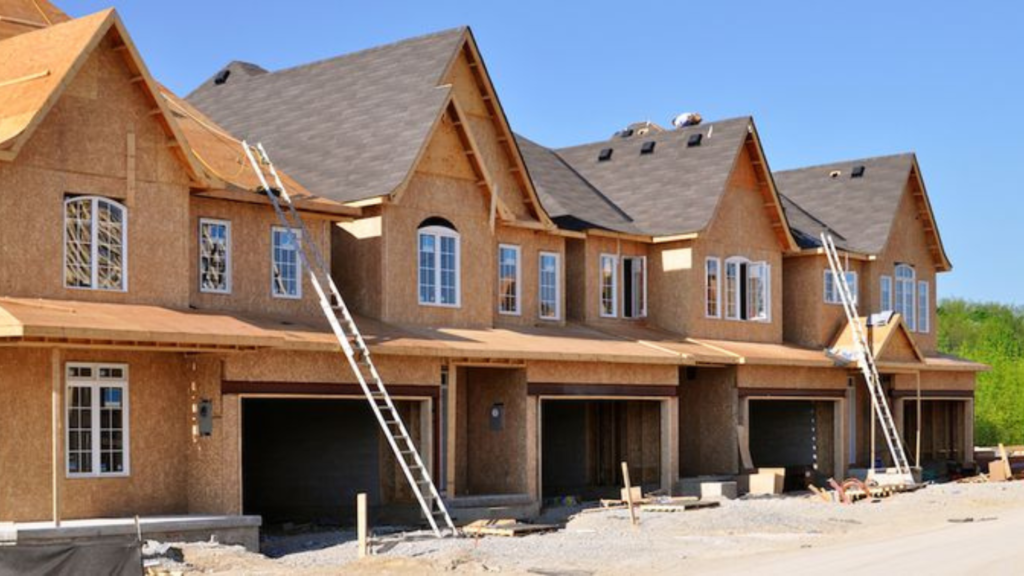
Builders face problems with labor shortages, disruptions in the supply chain, and rising materials costs, which make building new homes more challenging. Reduced inventory might also lead to less choice for buyers and maintain high pricing.
Economic Uncertainty
The stagnant housing market is partly due to economic uncertainty. People are sometimes reluctant to make significant financial commitments, like home buying, due to worries about inflation, future recessions, and global occurrences.
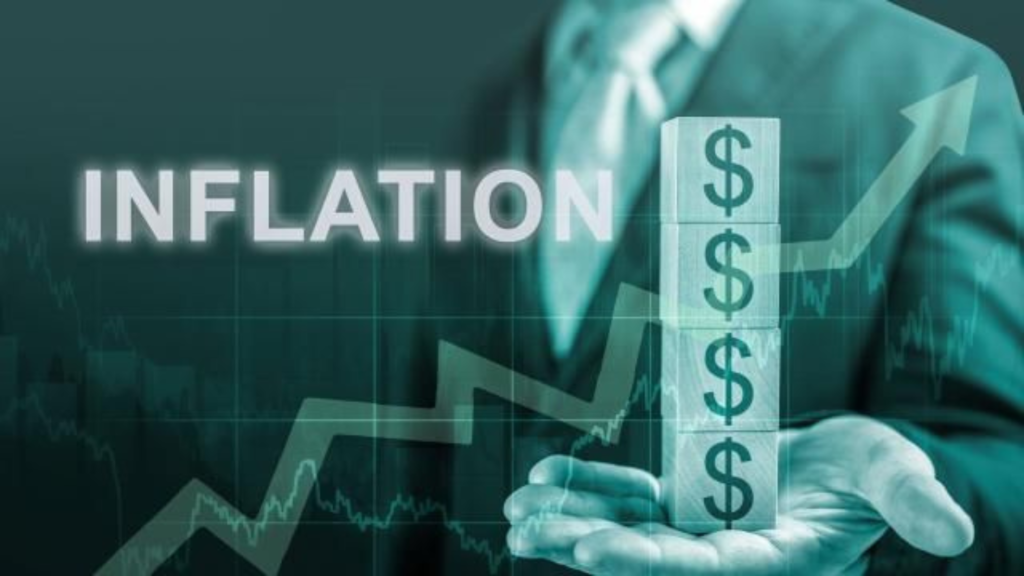
Many prospective buyers hold off when the future appears uncertain, lowering demand and slowing the market.
What This Means for Buyers
The Bank of America prediction may seem depressing if you’re hoping to purchase a house, but there is a bright side. The market cooling might result in less competition, lessening the need for bidding wars and stabilizing prices.
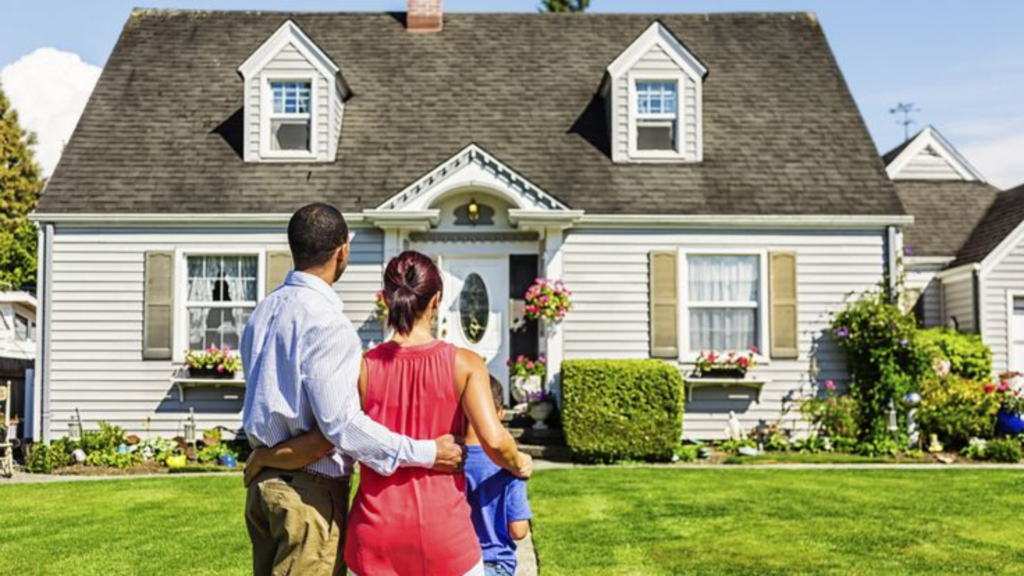
As a result, you have more time to save for a down payment without worrying about interest rates rising. High mortgage rates can impact affordability since they result in increased borrowing costs. Careful budgeting and financial assistance are important to determine how much you can actually spend in this market.
ALSO READ: Strong Economic Performance Keeps Mortgage Rates Steady Above 7%
What This Means for Sellers
The next few years may be difficult for sellers. For now, at least, the days of making numerous offers and selling for more than the asking price might be gone. It’s important to have realistic expectations and acknowledge that it can take longer for your house to sell.
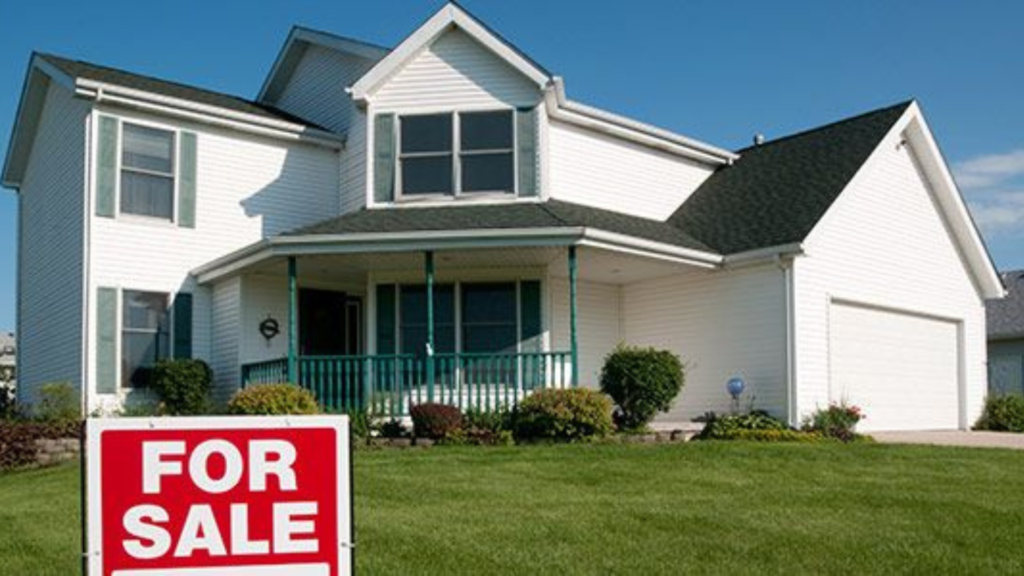
Your best bet is to price your house competitively and improve its appeal. You might want to wait for market improvements if you’re not rushing to sell. However, keep in mind that it’s hard to anticipate when these improvements will occur, and waiting has its own risks, particularly if the economy worsens.
Possible Solutions and Strategies
Financial institutions, builders, and policymakers must work together to address the housing market’s issues. One way to increase the housing supply is to reduce regulatory requirements and offer incentives for affordable projects. Another is that financial institutions can provide affordable mortgage options, like adjustable-rate mortgages or government-backed loans.

Additionally, prospective homeowners must receive financial education to help them budget, shop around, save for down payments, and raise their credit scores. To address the affordability problem, consider implementing rent control in high-cost areas, increasing first-time homebuyer programs, or offering tax incentives.
Navigating a Stagnant Housing Market
Although it is difficult to predict, there is still hope that the housing market won’t get “stuck” until 2026. Both sellers and buyers will encounter challenges, but there are ways to overcome this impasse. Understanding the issues affecting a healthy market and looking into potential solutions could be a way forward.

Making educated decisions—whether purchasing, selling, or enduring the current circumstances—requires patience, knowledge, and expert guidance. Even though the market is now stagnating, opportunities can still be found with the right approach.
You Might Also Like:
Top 10 States with the Worst Quality of Life in America for 2024
Demystifying the Current State of the US Housing Market
SpaceX’s Falcon 9 Rocket Grounded After Rare Inflight Failure

